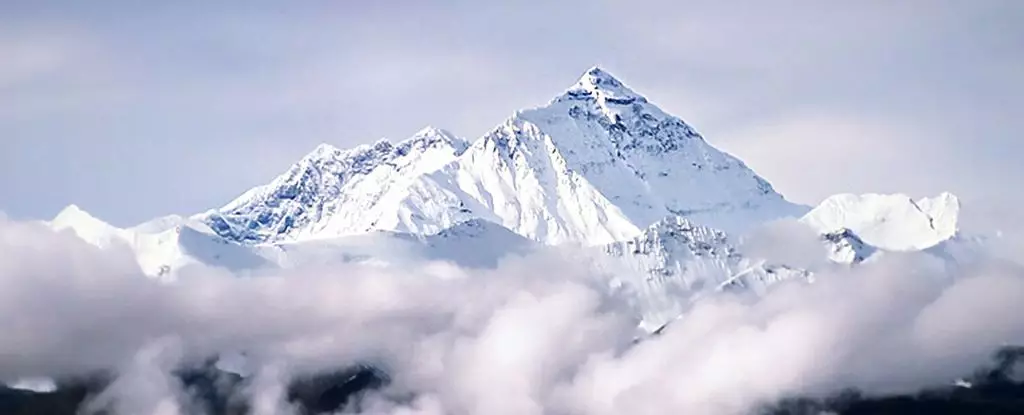The breathtaking elevation of Mount Everest, also known as Chomolungma or Sagarmatha, has long captivated scientists and adventurers alike. The prominence of this mountain in the Himalayan range has been attributed to various geological forces, yet recent research indicates that an often-overlooked phenomenon known as “geological piracy” might play a significant role in its extraordinary stature. This article explores the innovative theories surrounding the mechanics of Everest’s ascendance and the implications they hold for understanding not just this iconic peak, but mountain formation more broadly.
At the core of this new understanding is the concept of geological piracy, a term that sounds more like a Hollywood script than a scientific hypothesis. Instead of referring to marauding sea captains, it describes a process in which one river system seizes water flow from another, ultimately reshaping the landscape. In the case of Mount Everest, the geological piracy theory posits that the Arun River has played a pivotal role in altering sediment transport and flow patterns in the region, prompting significant geological consequences.
The research conducted by an international team, including experts from the China University of Geosciences and University College London, offers models suggesting that Everest’s height may have been influenced by this captivating process. With an elevation of 8,849 meters, Everest towers above its Himalayan neighbors, which tend to vary less dramatically in height. In fact, most peaks in the region hover within a margin of just 100 meters in elevation. Understanding why Everest vastly overshadows these peaks requires a departure from traditional models that focus solely on tectonic uplift.
Historically, the Arun River has functioned as a primary tributary, effectively carving a deep gorge through the Himalayan landscape. More than 89,000 years ago, the river is believed to have captured water from its parent river, the Kosi, drastically increasing its erosive power. Such a surge in water volume could account for the dramatic cutting of a gorge—an action that likely liberated substantial amounts of rock from the Earth’s crust.
As layers of rock were removed from the region, the structural dynamics of the Earth’s crust came into play. Crustal rebound—where the crust rises due to the removal of weight—could have triggered an uplift effect across adjacent areas, including Everest itself. By modeling these activities, scientists estimate that the process could contribute between 15 to 50 meters to the current height of Mount Everest, making a compelling case for the interconnectedness between hydrology and geology.
This research sheds light on the present-day dynamics of Mount Everest, suggesting not only that the mountain’s formation was influenced by river capture events in the distant past but also that it continues to experience geological growth. Current data indicates that Everest is rising at a rate of several millimeters each year, which could be partially attributed to the ongoing effects of river drainage piracy.
The implications of this study stretch beyond merely adding a new twist to Everest’s storied history. It emphasizes the importance of understanding the interplay between geographical features and hydrological processes in shaping mountain ranges. This insight is invaluable not only in terms of geological studies but also in preparing for environmental changes that could further affect the Himalayan region.
The phenomenon of geological piracy presents a fascinating avenue for further investigation. As scientists delve deeper into river dynamics and their interactions with tectonic forces, they may uncover additional instances where similar processes have reshaped other mountain ranges across the globe. This work challenges researchers to rethink traditional assumptions surrounding mountain formation and to adopt a more holistic perspective that considers the intricate relationships between water systems and geological uplift.
While Mount Everest’s unmatched height has traditionally been attributed to the colossal forces of tectonic plates, emerging research points toward subtle yet formidable factors like geological piracy. Understanding these complex interactions not only enriches our knowledge of Everest but also fosters a deeper appreciation for the intricate tapestry of Earth’s natural processes. The journey of discovery continues, revealing that there is always more to learn about our planet’s awe-inspiring features.

Leave a Reply